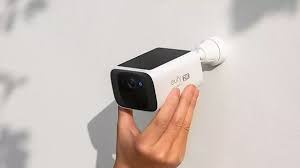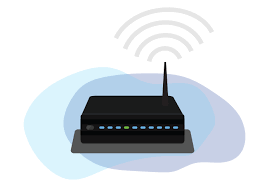
What you should know about solar security cameras
As burglars go to new extremes and people become more conscious of their carbon footprints, an interesting and unlikely fusion of ideas has come about: solar-powered security cameras. Let’s look at the most important things to know about this technology and how you can use it in your home security.
Renewability
Of course, the main attraction of solar-powered cameras is their ability to recharge using sunlight. Not only does this provide a cleaner source of energy, reducing your carbon footprint, but also it removes the need for wires and charging.
This constantly recharging battery also means the camera doesn’t need to enter standby to preserve its energy. Most models only need around two hours of sunlight a day to operate, so shortages shouldn’t be an issue. If you are unsure how solar-powered batteries and cameras work, see here.
Wi-fi connection
Another feature of solar cameras is their ability to transfer data via the internet, which can be far more helpful for accessing your camera feed wherever you may be (typically through an app or website on your smartphone). Unfortunately, this can also be a downside, as being dependent upon the internet means you need a stable connection to monitor the footage.

Compatibility
Solar cameras can work not only with your smartphone but also with other smart home features. If you find the right camera, you can sync it with your TV, lights, and more, helping to keep your home even more secure.
These are not the only applications cameras can have in your home’s well-being; in addition, they can be used for monitoring other unseeable issues, such as drain problems. Information about a CCTV drain survey Northampton is available from specialists such as https://www.wilkinson-env.co.uk/drainage-services-cctv-surveys-midlands/cctv-drain-surveys/cctv-drain-surveys-northampton.
Versatile positioning
Solar cameras can be easier to set up in some ways, thanks to the lack of wiring. Ideally, you want them in a spot commonly exposed to sunlight, so typically on the roof and/or facing south. Keeping them out of reach is also important, as you don’t want burglars to have an easy time removing them.

